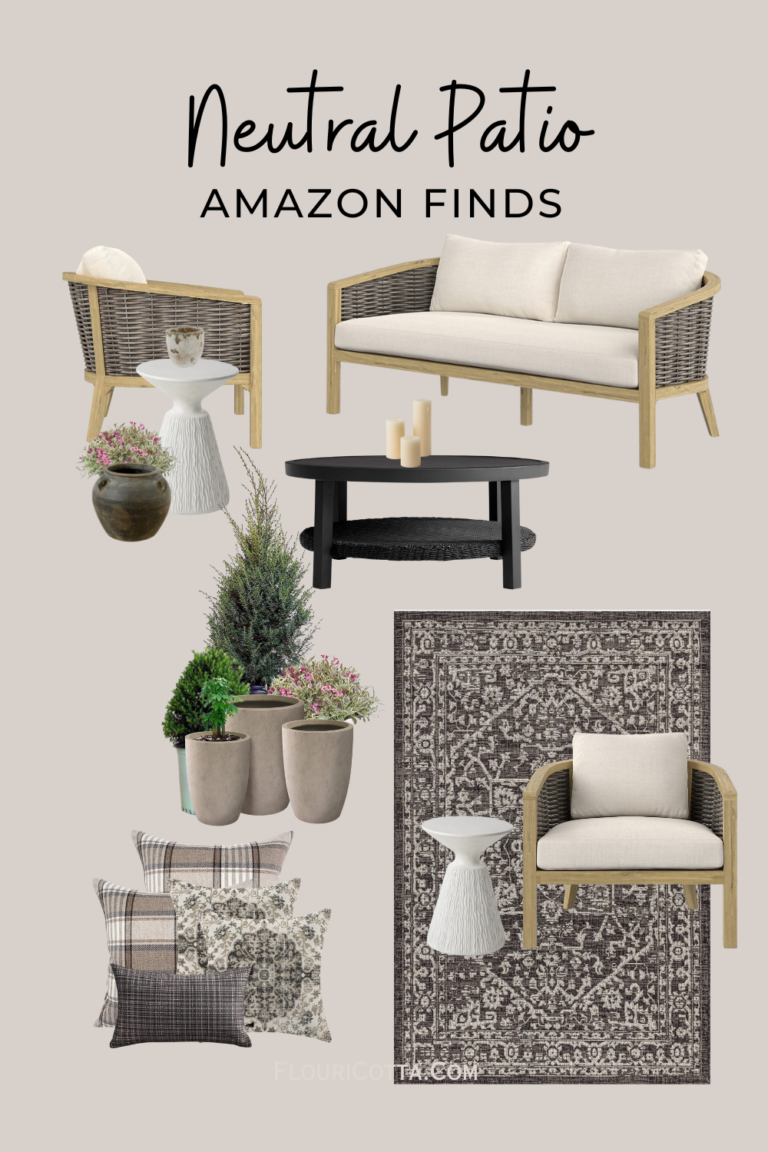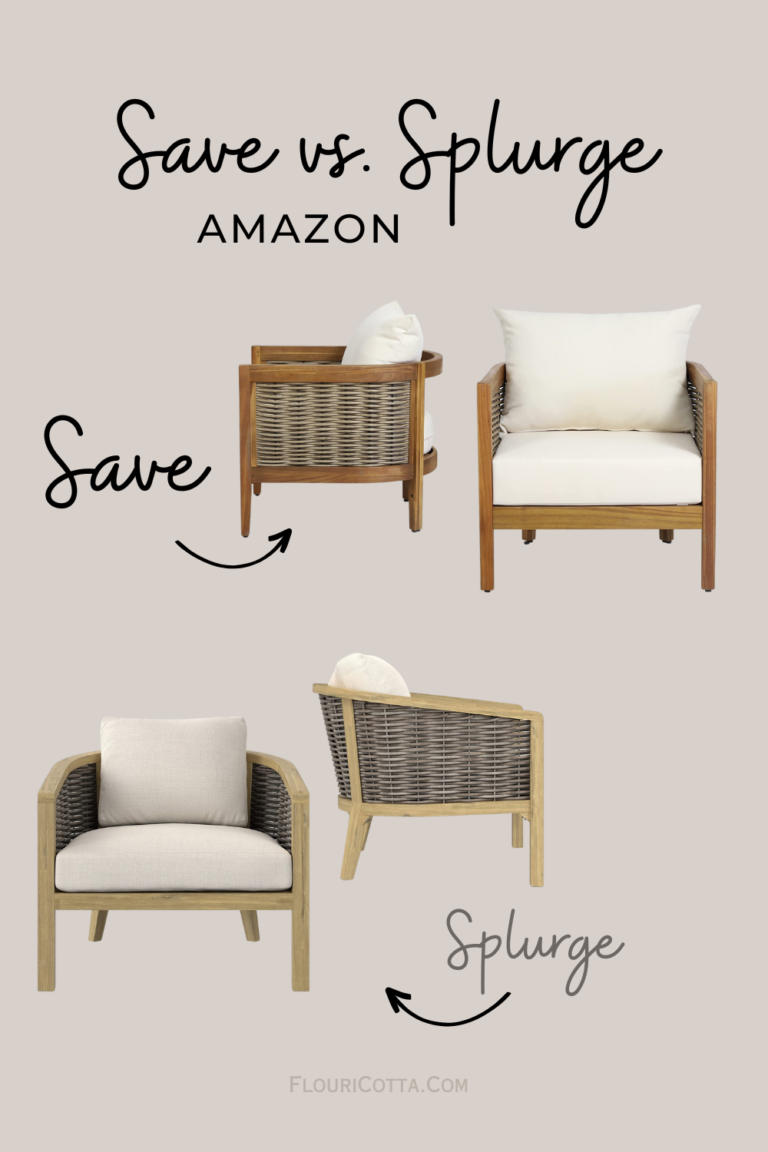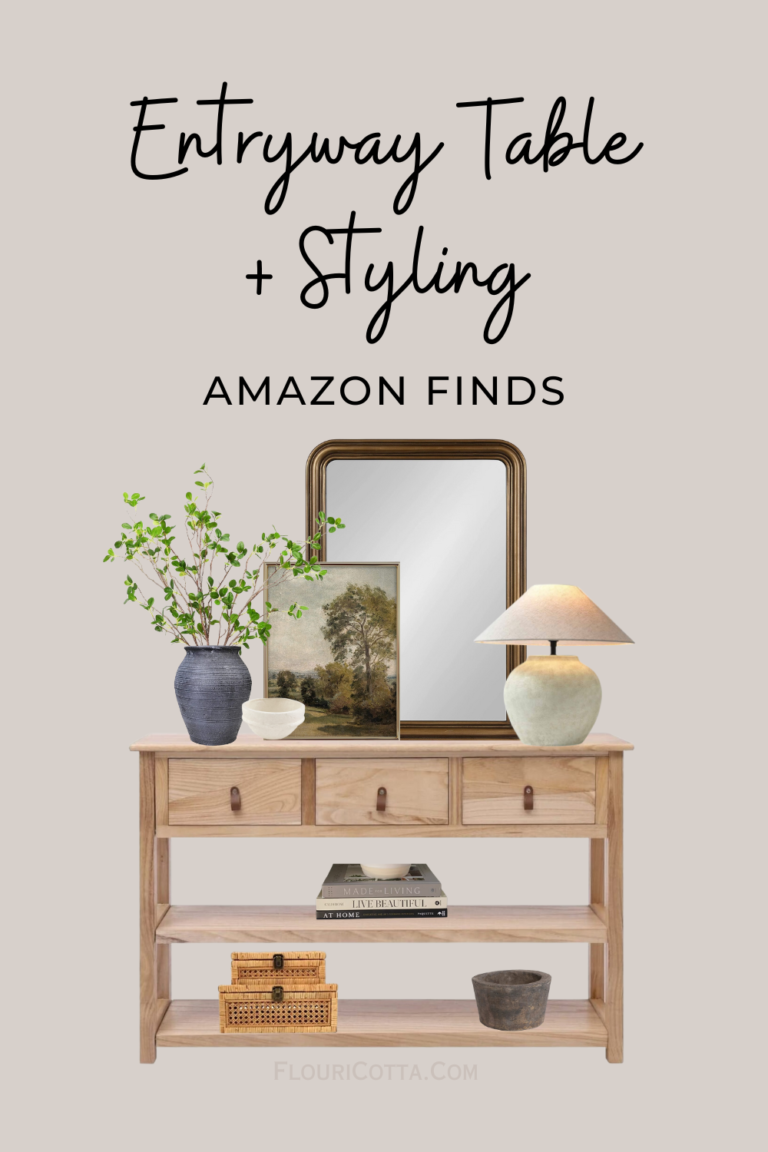Are you looking for more privacy in your yard or garden? Installing a traditional wooden fence can be expensive and high-maintenance. An increasingly popular alternative is to create a natural privacy hedge using flowers, shrubs, and evergreen trees.
A living fence made from the right plant varieties provides year-round greenery, texture, and color while allowing airflow.
It creates an appealing natural boundary that enhances your yard and curb appeal. Let’s explore why you may want a living privacy fence and how to easily design one for your yard or garden.
The Benefits of a Living Privacy Fence
There are several advantages to using plants and shrubs for a privacy screen instead of a built fence:
• More affordable over time as plants are a one-time installation cost
• No regular painting, staining or repairs needed like wood fences
• Promotes air flow while still providing privacy and blocking views
• Softens the space and creates a more natural, lush environment
• Provides food and habitat for pollinators like birds, bees and butterflies
• Can be shaped, trimmed, and sculpted yourself to fit your aesthetic.
With the right design and plant choices, you can create a lush living fence that is both beautiful and functional.
Choosing the Best Plants for Privacy
When selecting plants to use as a privacy hedge, there are a few key considerations:
• Density – Look for varieties that have thick branching and foliage for full coverage when planted in a row. Avoid plants that are too airy or sparse, as you will be able to see right through them.
• Growth Habit – Opt for columnar, narrow, upright varieties that grow tall but don’t spread too wide. This maximizes height while minimizing spread into the yard.
• Size – Check the mature height and width, making sure plants will provide enough height for privacy but won’t outgrow your space.
• Evergreen or Deciduous – Evergreen shrubs and trees provide year-round privacy while deciduous plants are bare in winter.
Some great plant options to consider for a dense living privacy fence include:
For more color and interest, include some ornamental grasses, perennials, and flowering shrubs in front of or layered within the taller evergreens. This creates a more textured, multi-dimensional living fence that is increasingly pleasing to the eye.
Try to imagine the plants you would like to see while relaxing on your patio and what wildlife you would like to attract (or detract). Also, consider the plant’s sunlight needs. Do they need full sun or part shade? Consider where the plants will be placed and what light it will receive.
Get Inspiration For Designing A Living Privacy Fence
Pinterest is a great place to find visual inspiration to help you choose which plants look nice together to create a beautiful living privacy hedge that you will be proud of for years to come.
Linda Vater on YouTube is a great mentor to follow to learn how to care for your new privacy hedge and give you inspiration for more gardening and landscaping to make your property look professionally landscaped.
With the right plant choices and care, you can craft a beautiful living privacy screen in just a couple years. Be patient as plants mature and your green fence will become more lush and effective over time. Get creative by combining different textures, colors and layering plant heights for bonus visual appeal!
Installation and Care Tips
Once you’ve selected your plant varieties, follow these tips for a lush, thriving privacy hedge:
• Proper Spacing – Check the mature spread and space plants 2/3 of that distance apart in a row or staggered grid pattern. This allows for some growth while still maintaining density.
• Soil Preparation – Take the time to prepare the soil with compost or manure before planting. Loosen and aerate the soil as well. This encourages strong root establishment.
• Use Mulch – A 2-3 inch layer of mulch over the root zone retains soil moisture and keeps weeds down.
• Proper Watering – Keep newly planted hedges consistently moist until fully established, usually taking 1-2 years.
• Fertilize Annually – Provide nutrient support with an all-purpose fertilizer in early spring.
• Prune for Shaping – Prune or shear annually to maintain your desired height and shape. Thin out crowded branches for airflow as well.
Where To Buy Plants For A Living Privacy Fence
Try to buy plants from your local nursery and if possible. This encourages the use of plants that are native to your area and will perform at their best.
Do a Google search of “plant nursery near me”, and you will see a list of local plant stores to choose from. Shopping locally helps people in your community!
If there are no locally owned plant nurseries, Home Depot, Lowes, and even Amazon are great alternatives.
Final Thoughts On How to Create a Beautiful Living Privacy Fence with Plants
A privacy hedge can be so much more appealing than a fence and has the potential to add immense curb appeal to your home.
The live plants attract wildlife that adds to the energy of the yard or garden, bringing with it beautiful sounds of songbirds, gorgeous hummingbirds, and peaceful butterflies.
Have any questions about creating a privacy hedge? Let me know in the comments below!




